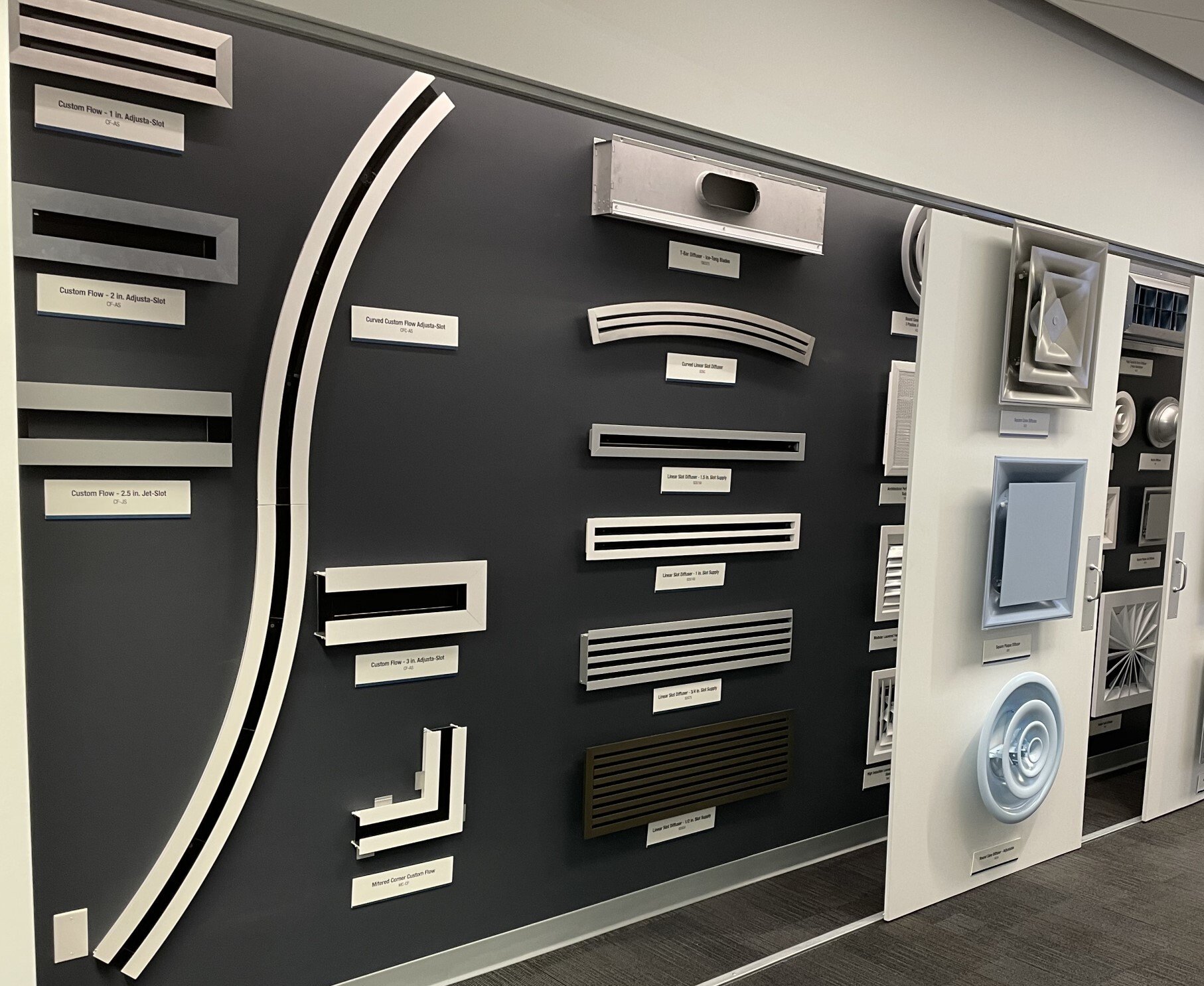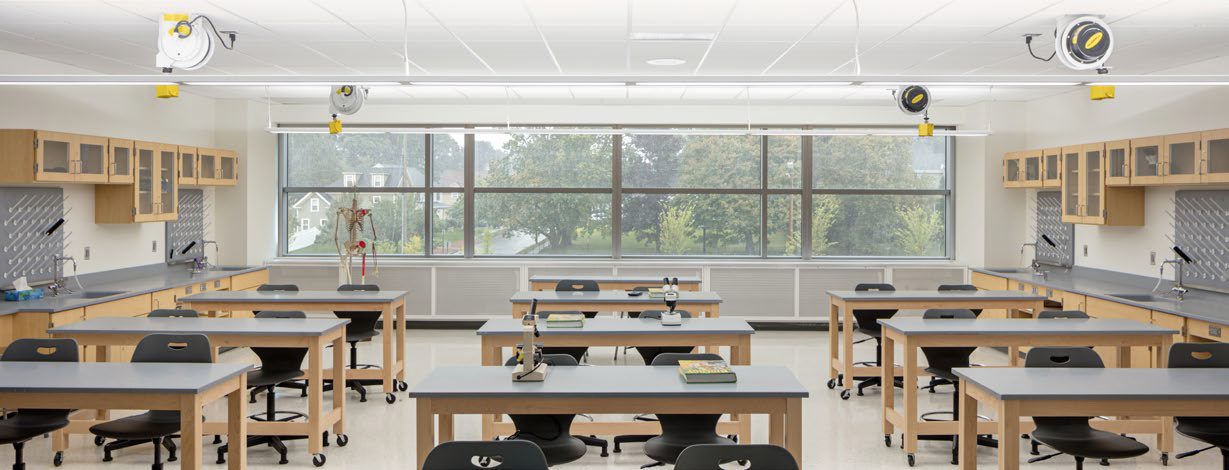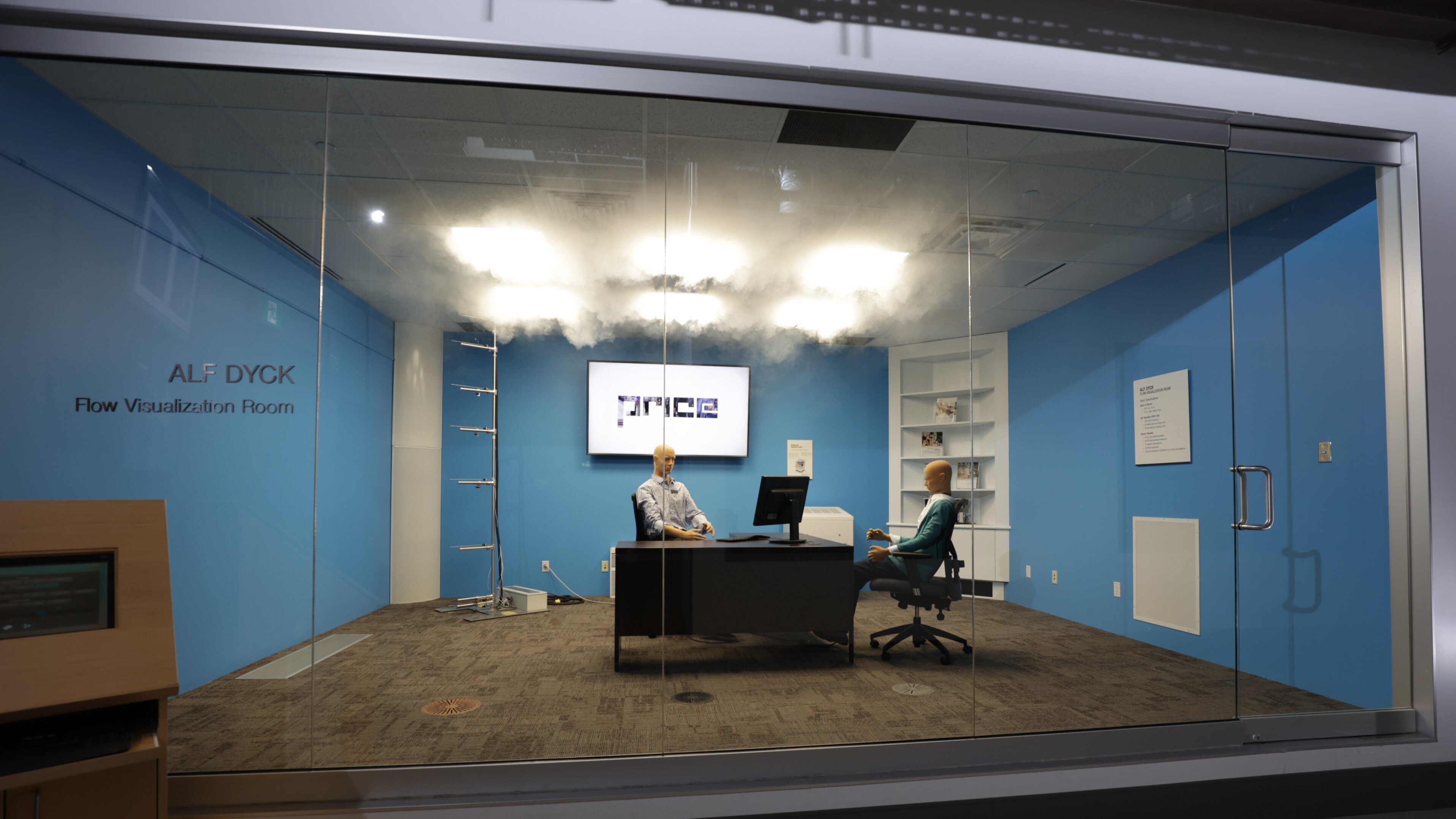Cool Tips and Hot Takes for Air Distribution Design
At Price, we pride ourselves on our contributions to The Science of Comfort™ (we have the phrase trademarked, after all). If you’re a regular reader of the blog, you’ll understand the rigorous testing and research behind all the air distribution solutions we manufacture. Our team at Price Research Center North (PRCN) in Winnipeg, MB, is accustomed to maintaining the highest test standards and methodologies behind the data published in our catalog.
Read More
Topics:
GRD,
Diffusers,
ASHRAE 70,
Inlet Effect,
Grilles,
Static Pressure,
Pressure Drop,
Inlet Conditions,
Mock-Up,
HVAC,
Engineering,
Design Engineering,
Tech Tip
Promoting Healthy Indoor Air Quality in the Classroom
As HVAC professionals, one of our primary goals is to promote healthy indoor air quality in all spaces, and there are fewer applications where this is more important than in classrooms. It is estimated that approximately half of public school districts need to update or replace the HVAC systems in their schools.1
Read More
Topics:
Displacement,
HVAC,
Engineering,
Design Engineering,
Tech Tip,
ASHRAE 62,
Filtration
Determining the Right Amount of Airflow for a Space
At Price, we pride ourselves on being industry leaders in room air distribution. Our manufactured products are designed around a common goal: to keep the room air clean, dry and comfortable. This is often accomplished by blowing a jet of conditioned, fresh air through a grille, register or diffuser (GRD) throughout a room to properly ventilate it.
Read More
Topics:
GRD,
Diffusers,
Grilles,
Displacement,
Underfloor,
Thermal Comfort,
HVAC Fundamentals,
HVAC,
Engineering,
Design Engineering,
Tech Tip
Understanding How We Measure Thermal Comfort
Chances are you are familiar with the term “room temperature.” We all have experienced work environments that are too hot, too cold or too muggy. Perhaps it is a conference room that always runs cold or a classroom that feels too stuffy. Typical occupants do not need to know why the room is uncomfortable; they just want it fixed – and fixed quickly!
Read More
Topics:
Thermal Comfort,
HVAC Fundamentals,
HVAC,
Engineering,
Design Engineering,
Tech Tip
Using CFD to Optimize Air-Change-Driven Labs
Labs use significant amounts of energy due to their makeup air requirements driven by the air changes needed to protect lab personnel from exposure to airborne hazards. There is currently a big push in the industry to improve energy efficiency and decarbonize lab facilities. One way to do this is to scrutinize air change rate requirements by relying less on established rules of thumb and more on analysis based on the unique needs of the facility.
Read More
Topics:
HVAC,
Engineering,
Design Engineering,
Tech Tip,
CFD







